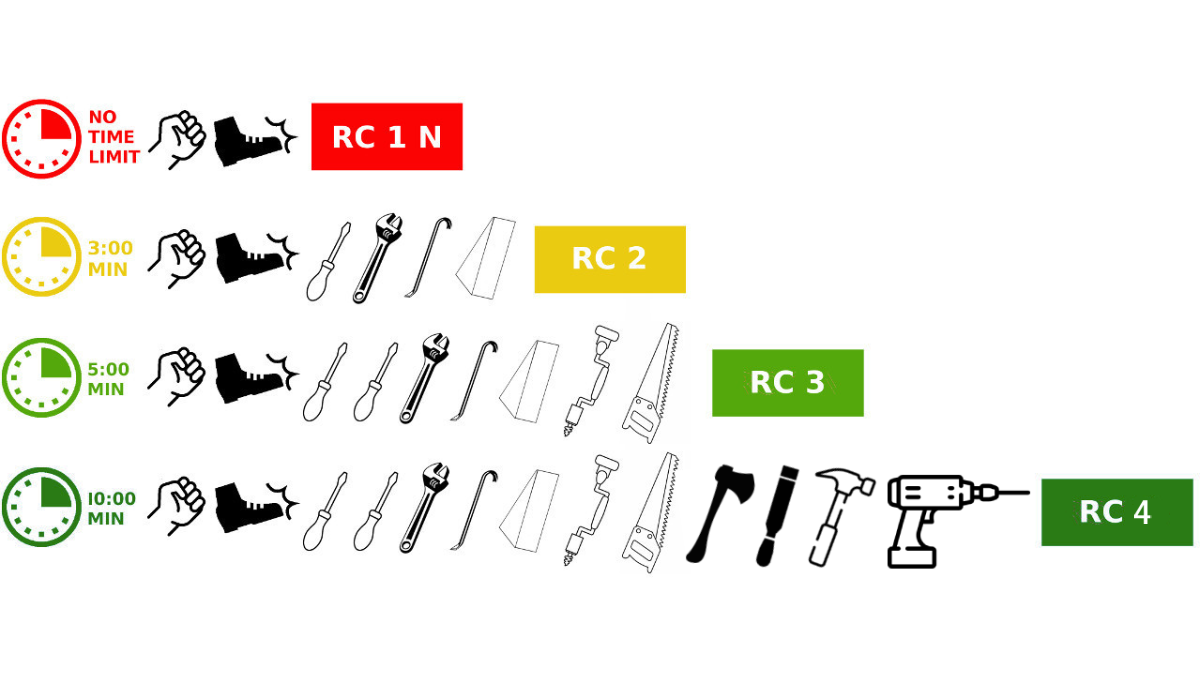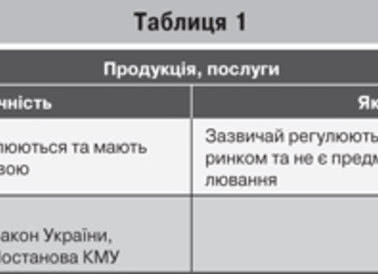
DIN EN 1627:2011: Classification of burglar-resistant constructions considering market requirements.
European requirements for burglar-resistant structures: windows, doors, facades, grilles, and shutters; in accordance with the DIN EN 1627:2011 standard.
In September 2011, the European standard DIN EN 1627:2011 was adopted, setting out burglary resistance requirements for door sets, windows, curtain walling, grilles, and shutters. It replaced DIN V ENV 1627, which had been in effect since 1999 and applied only to windows, doors, and shutters.
The abbreviation DIN EN indicates that this document is a German edition of a European standard, adopted without changes across the European Union.
It applies to fixed or static structures, as well as the following types of openings: rotation, tilt, folding, swing, pivot and tilt, swinging, horizontal and vertical sliding, upward and downward movement, as well as rolling.
Features of the DIN EN 1627:2011 Standard
While ENV 1627 did not differentiate between products (only roller shutters were considered separately), EN 1627 defines four product groups based on their construction:
- Turn-tilt windows and doors.
- Sliding windows and doors.
- Shutters.
- Grilles (fixed and mobile).
Previously, burglary resistance classes were designated by the abbreviation WK (Widerstandsklasse, meaning "resistance class" in German). The new standard introduced the RC (resistance class) designation. Additionally, two new classes were added: RC1N and RC2N, where "N" denotes structures with standard glazing.
DIN V ENV 1627 |
DIN EN 1627:2011 |
||||
Resistance Class |
Method |
Minimum Test Time |
Maximum Test Time |
Method |
Resistance Class |
WK1 |
Basic protection against break-in attempts using physical force: kicks, jumping, shoulder ramming (mainly acts of vandalism). |
Not time-dependent |
Acts of vandalism. |
RC1 |
|
WK2 |
A: Withstands the use of simple tools such as screwdrivers, pliers, etc. |
3 minutes |
15 minutes |
A + saws. |
RC2 |
WK3 |
B: A small crowbar is used for breaking in. |
5 minutes |
20 minutes |
Short crowbar (500-710 mm), hand drill. |
RC3 |
WK4 |
C: More experienced burglar; uses an axe, chisel, hammer, gouge, and cordless drill. |
10 minutes |
30 minutes |
C |
RC4 |
WK5 |
D: More powerful tools such as drills, saws, and an angle grinder (max. D = 125 mm). |
15 minutes |
40 minutes |
D |
RC5 |
WK6 |
E: Experienced burglar using powerful tools such as a drill, jigsaw, saw, and angle grinder (max. D = 250 mm). |
20 minutes |
50 minutes |
E + hammer and steel wedges. |
RC6 |
Differences Between RC and WK Resistance Classes
Comparing the resistance classes of the new standard with its predecessor, only minimal changes were introduced in practice.
Resistance Class (DIN EN 1627:2011) |
Resistance Class (DIN V ENV 1627) |
RC1N |
No correlation due to changed testing requirements. |
RC2N |
WK2 + glazing is chosen at the discretion of the customer unless specified otherwise in the project specifications. |
RC2 |
WK2 |
RC3 |
WK3 |
RC4 |
WK4 |
Based on materials: “Neue Normenreihe DIN EN 1627 ff für einbruchhemmende Bauprodukte” by Dipl.-Ing. (FH) Joachim Beständig (Entwicklungs- und Prüflabor Holztechnologie GmbH); Schuco Security Seminars NL 2012.


